Points of interest
Points of interest
Let the journey begin!
Number of results: 659
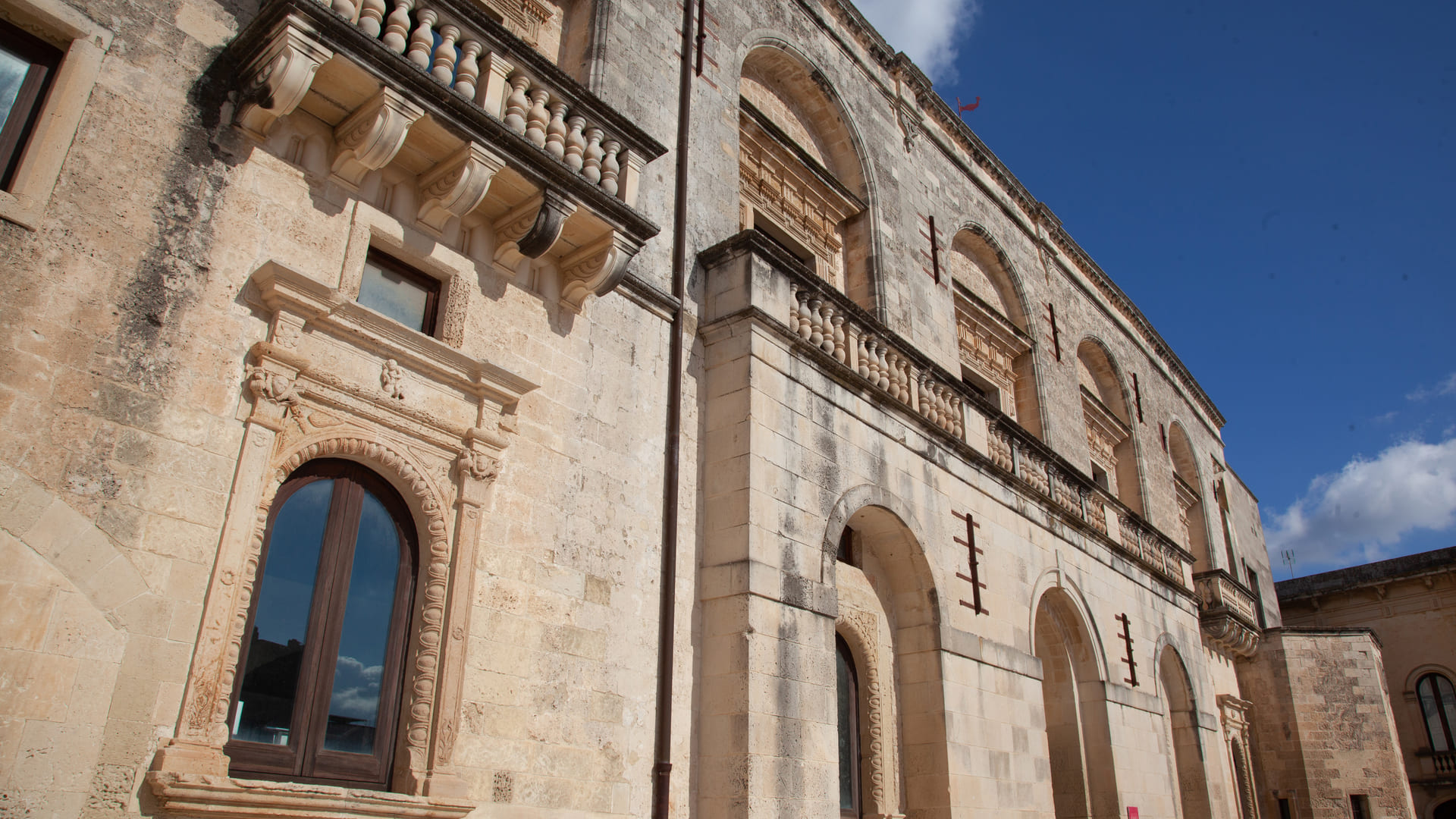

Palazzo del Principe
Puglia
The Prince's Palace in Muro Leccese is a magnificent example of an aristocratic residence that preserves and enhances the history and culture of the small village of Messapian origin.
Architecture
Culture and Art
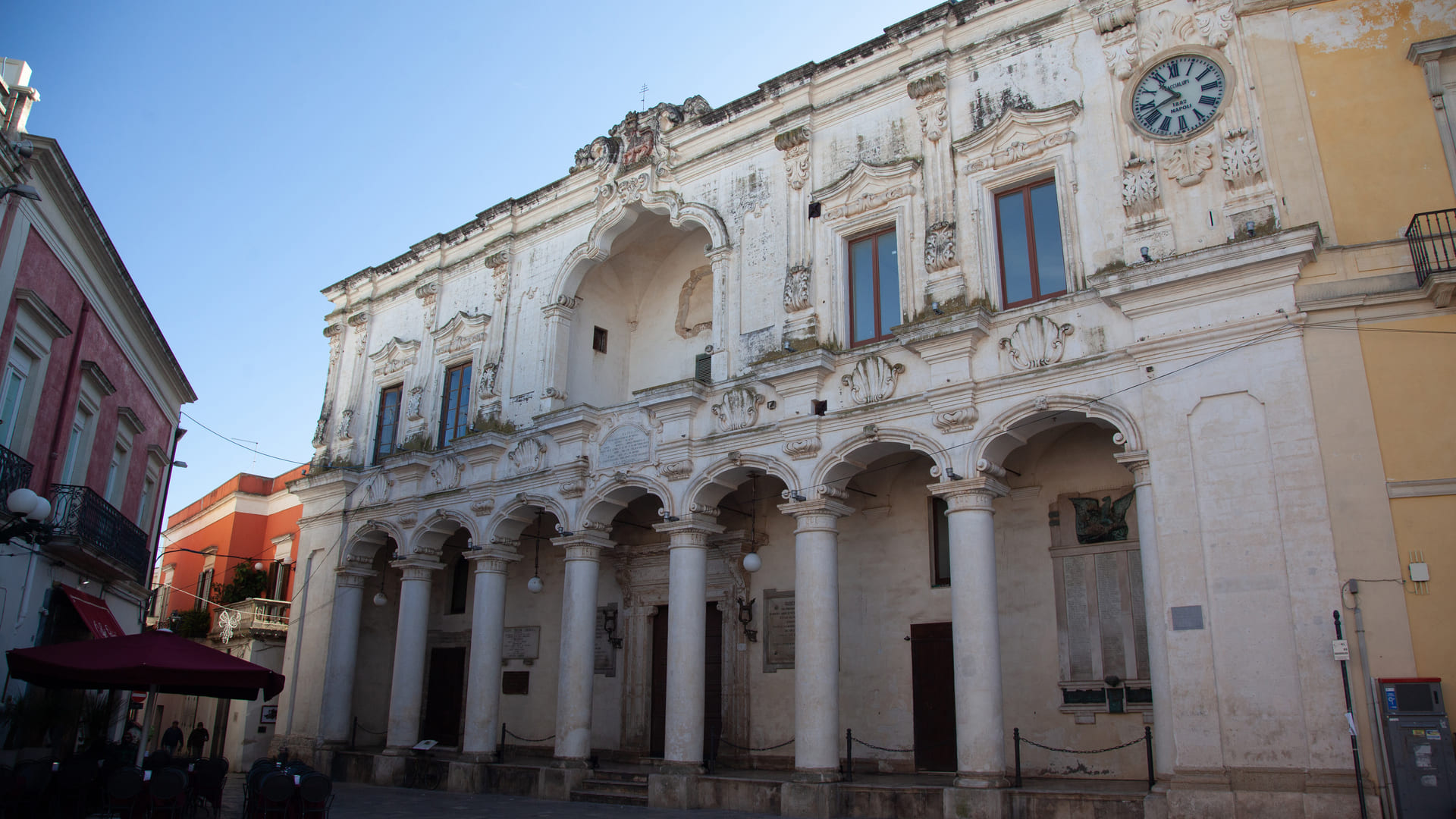

Piazza Salandra
Puglia
Piazza Salandra in Nardò is one of the most beautiful squares in Puglia, a landmark for the entire community with its beautiful baroque buildings around it.
Architecture
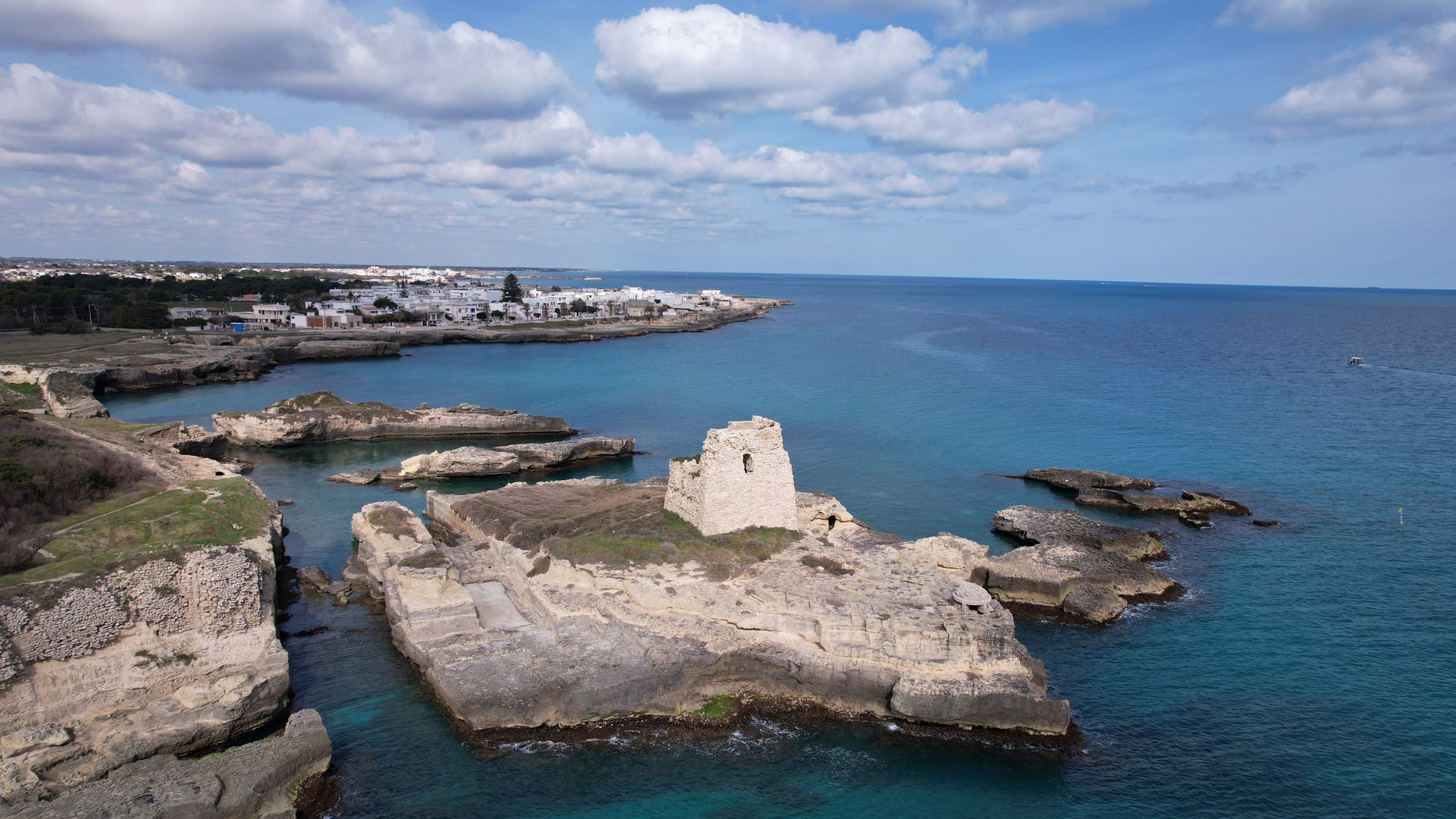

Area archeologica di Roca Vecchia
Puglia
For the finds it preserves and for its beautiful natural setting, the archaeological site of Roca Vecchia is a cultural site of great value.
Culture and Art
Coastal natural heritage
UNESCO heritage
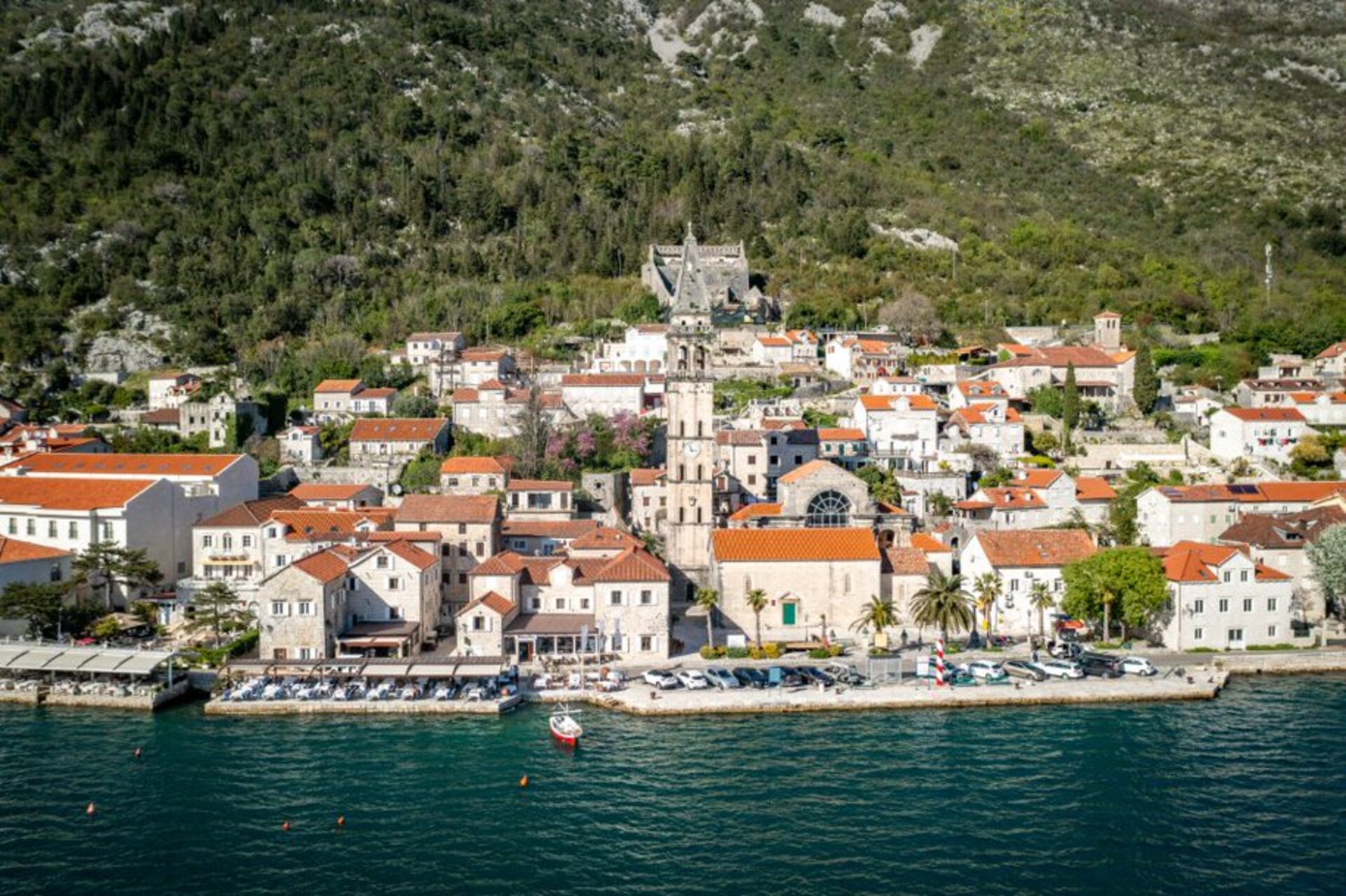

Church of St. Nicholas
Montenegro
85 336 Perast, Kotor
Today's building was completed in 1616., although there is a mention of an older church on the same site from 1564. The church is single-nave with...
Religious sites
History and tradition
UNESCO heritage


Museum of the City of Perast
Montenegro
85 336 Perast, Kotor
The Museum of the City of Perast follows the historical, maritime, economic and cultural development of the city during the period of Venetian dominat...
Culture and Art
History and tradition
Intangible heritage and craft
UNESCO heritage
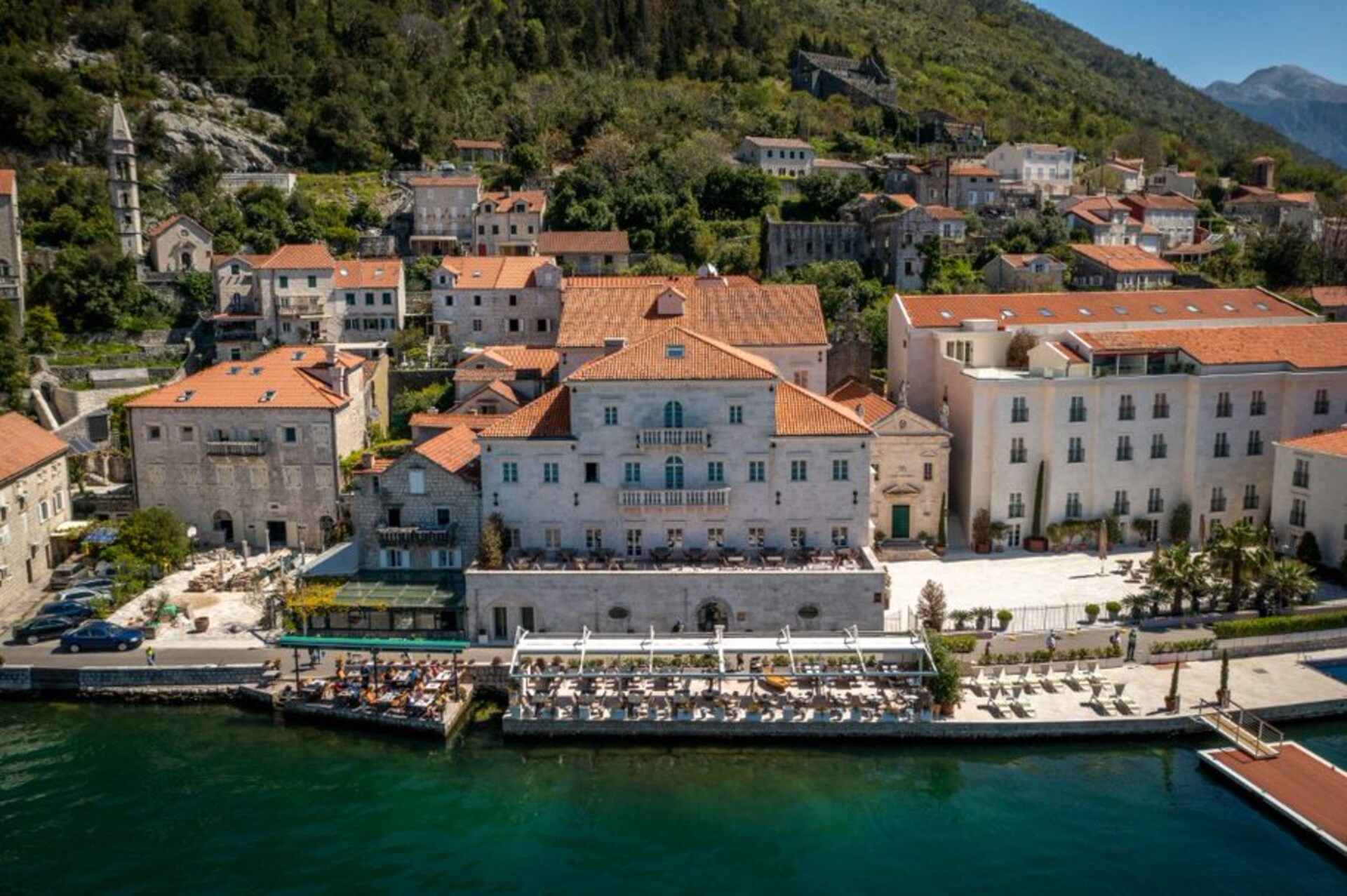

Smekja Palace
Montenegro
85336 Perast, Kotor
In the central part of Perast, on the coast, next to the church and the Square of St. Mark is a spacious palace Smekja (in the popular pronunciation &...
Architecture
History and tradition
Culture and Art
UNESCO heritage
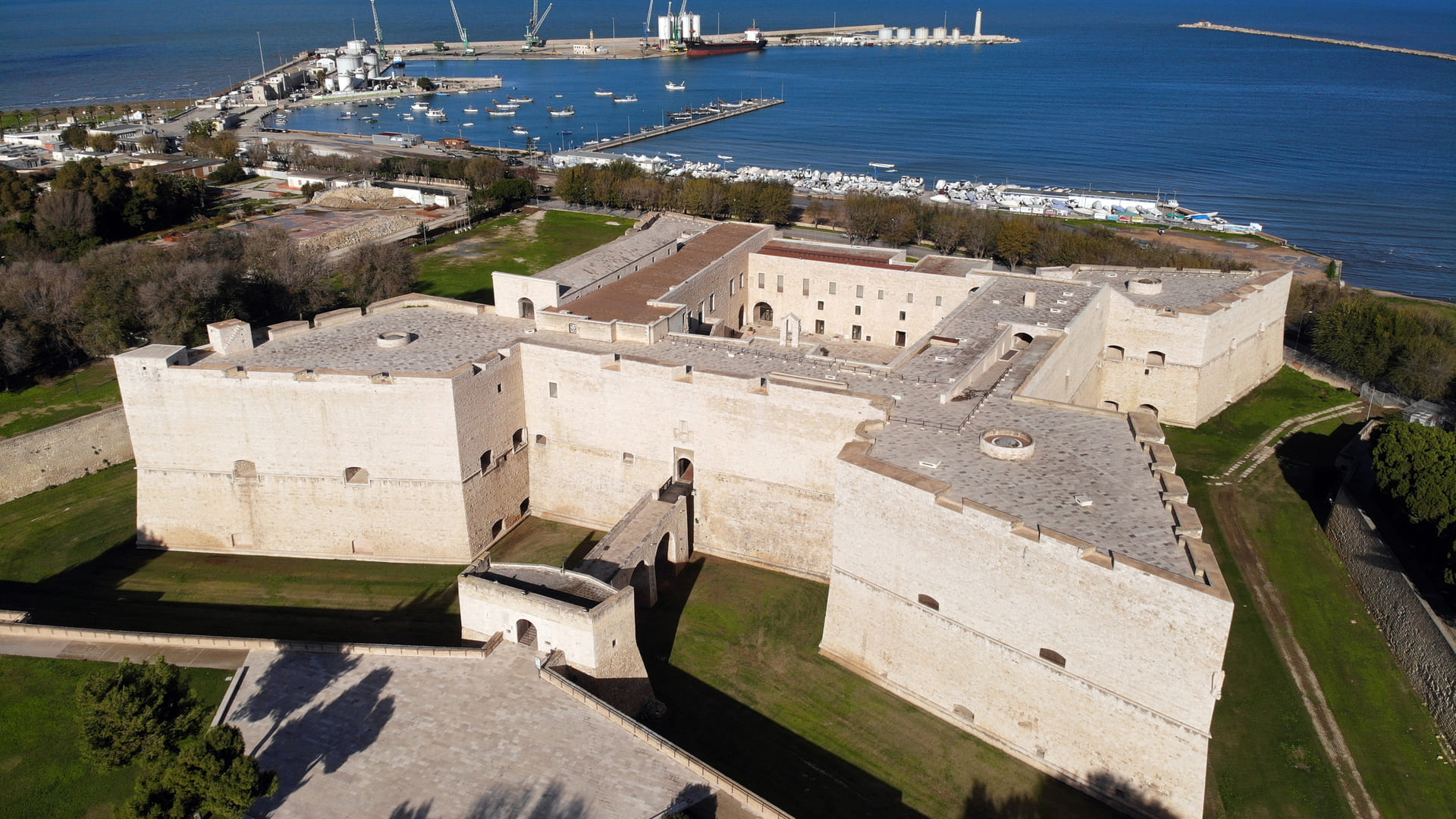

Castello Normanno-Svevo
Puglia
The imposing military architecture of Barletta Castle inspires wonder at every glance. Today it is an important cultural venue and also houses the Municipal Museum.
Architecture
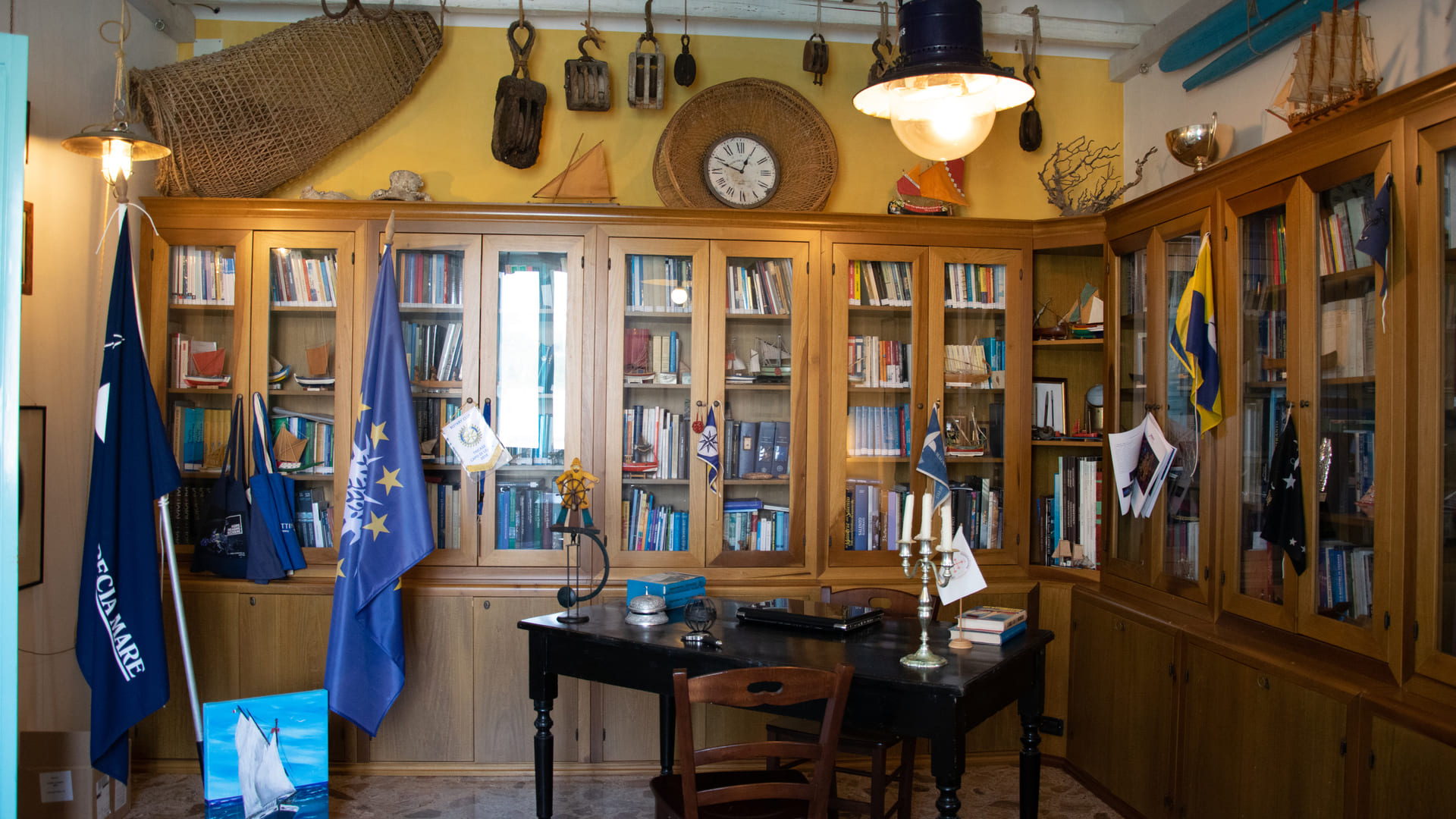

Porto Museo
Puglia
The Port of Tricase is a now a dynamic extended museum, a place where knowledge relating to the traditions of the sea and the coast can be developed, collected, exchanged and further explored.
Culture and Art
Coastal natural heritage


Piazza Pisanelli
Puglia
Piazza Pisanelli is the beating heart of Tricase's historic centre, enclosed by the town’s most important buildings, which bear witness to the development of the local area's cultural and social history.
Architecture
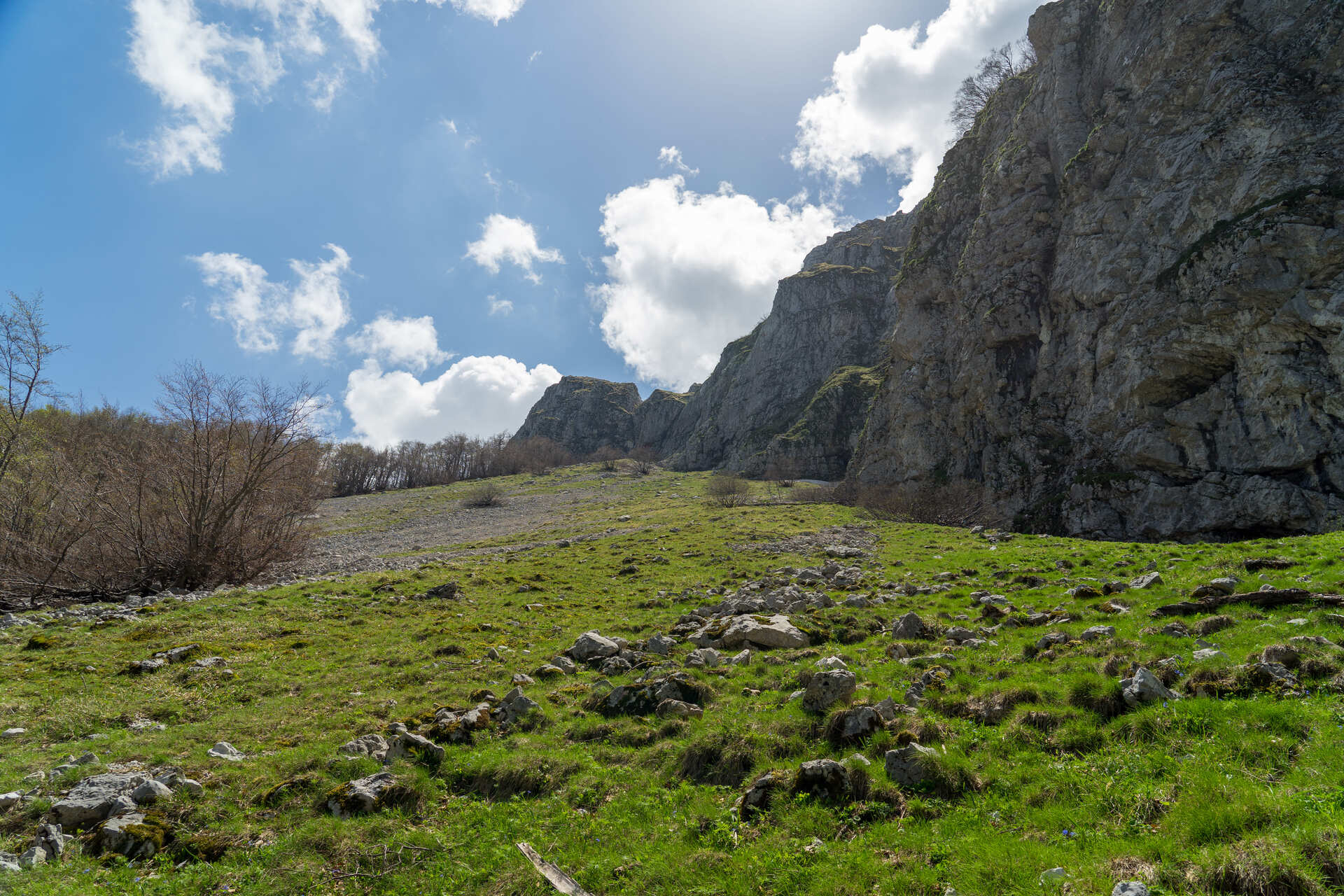

Circhi glaciali a Monte Miletto
Molise
he Glacial circles of Monte Miletto are semicircular or semi-elliptical depressions, the result of the glacier that, advancing, digs the rock in front of it. They are dominated upstream by steep rocky walls and partially barred downstream by a threshold (Sella) from which a glacial tongue often departs. On the northern side of Colle Tamburo there are several glacial cirques, which are united by the name of "Circhi Glaciali dell'Aquilania", this area is well observable from the road that connects Cantalupo del Sannio and Roccamandolfi.
Protected natural areas
Geological sites


Canyon del Quirino
Molise
The gorge of the Quirino Torrent is a geological site located within the area "Matese-Conca di Boiano-Sepino" and it is part of the largest SCI-ZPS protected area in the Molise region called "La Gallinola-M.Miletto, Monti del Matese". This area of remarkable landscape and naturalistic interest is inside the WWF Oasis of Guardiaregia-Campochiaro (established in 1997)
Geological sites
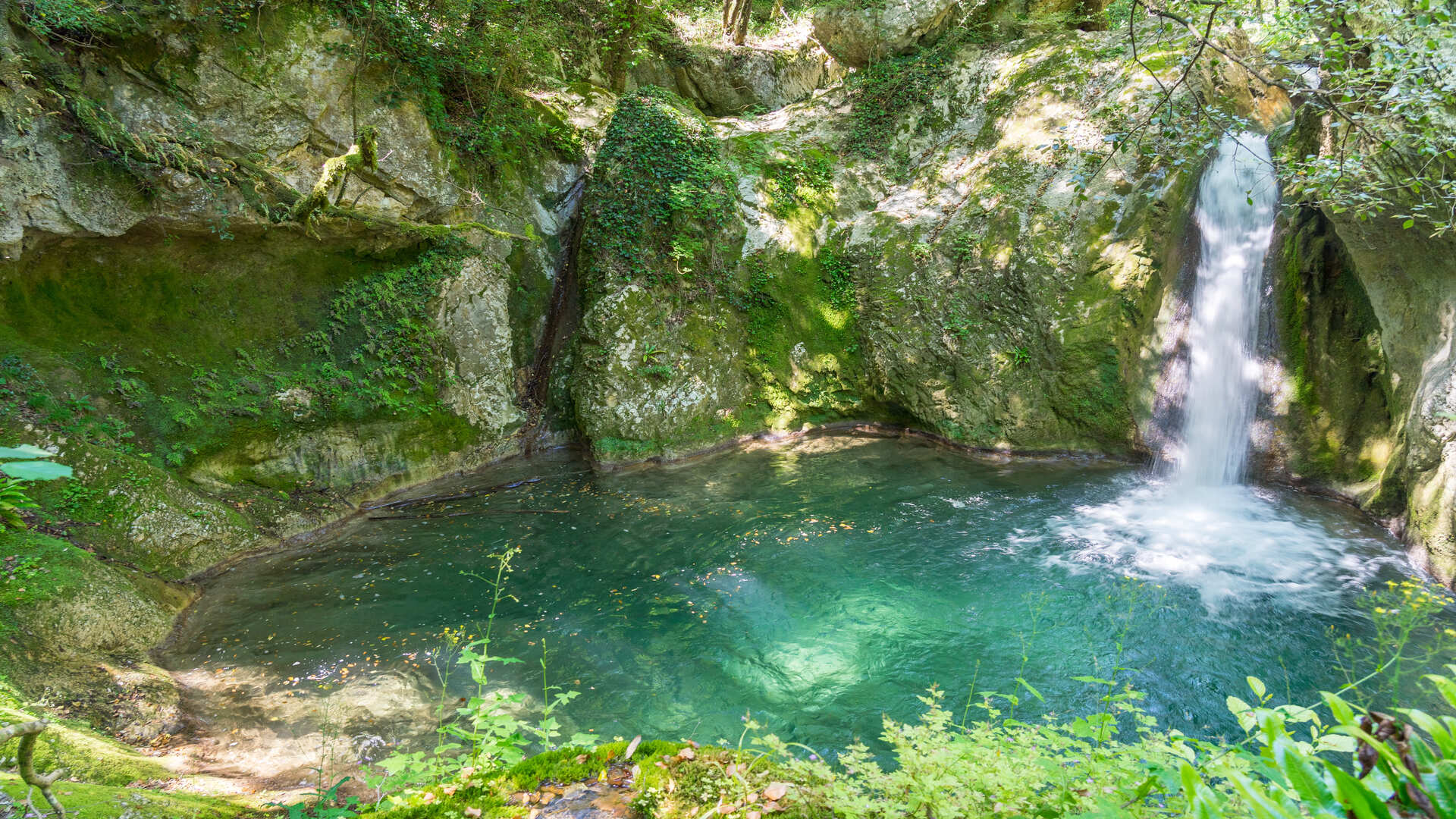

Santa Maria Altopede Longano
Molise
Just outside the village of Longano, immersed in the bush, is the ancient rock church of Santa Maria di Altopiede. Its construction is prior to the fourteenth century, you have knowledge documented since 1309. It consists of a cave preceded by a masonry avancorpo, in which opens the portal in stone worked, while on the back wall of the cavity were obtained two niches of different sizes.
Geological sites
Protected natural areas
Architecture
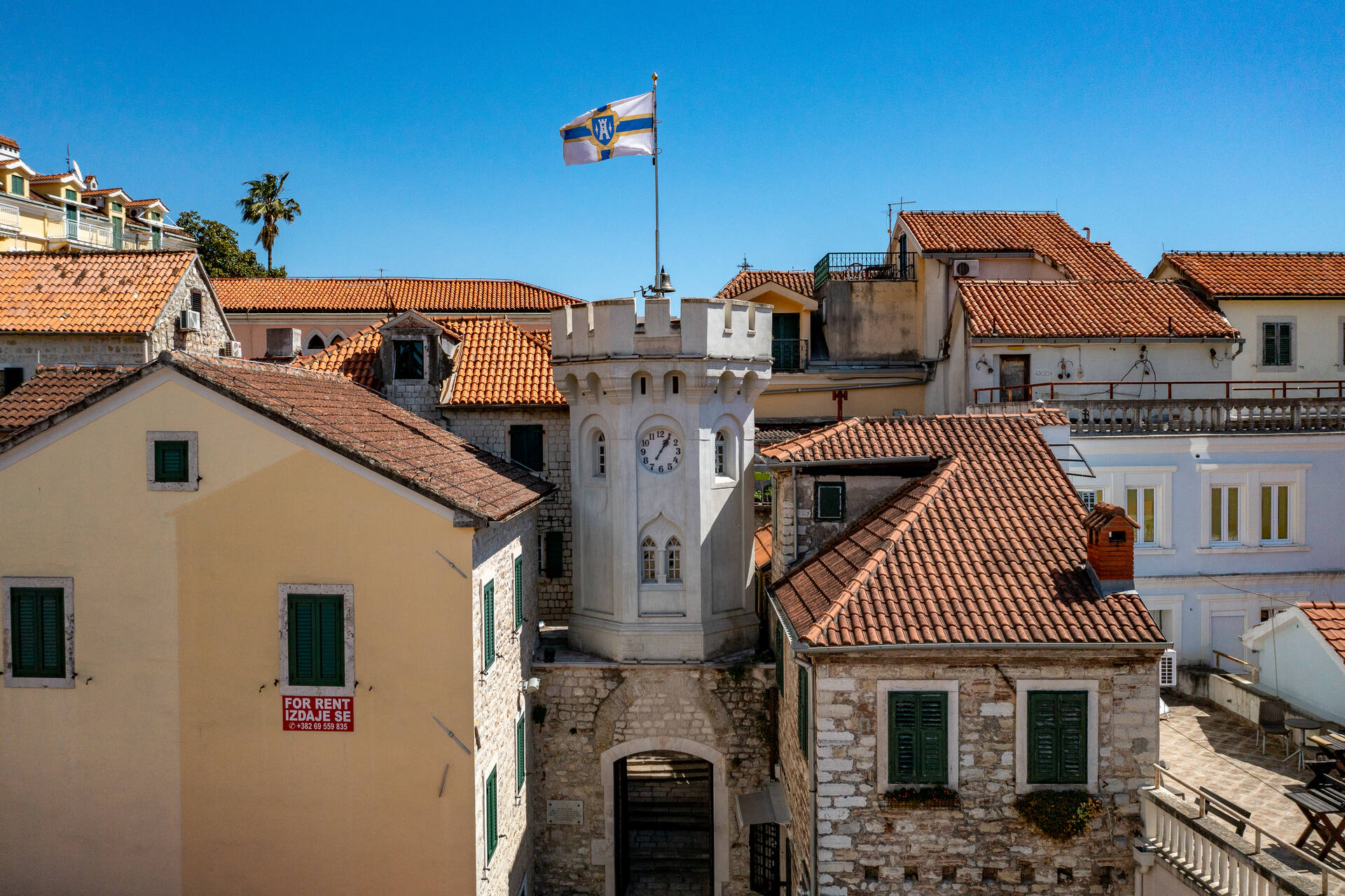

Old town Herceg Novi
Montenegro
85340 Herceg Novi
The core of the old town of Herceg Novi is over six hundred years old. In the historical sources Herceg Novi is first mentioned in 1382., when the Bosnian king Tvrtko I built the fortress of Saint Stephan. The walls of the city were created successively from the end of the 14th to the end of the 19th century.
Villages and old cities
History and tradition
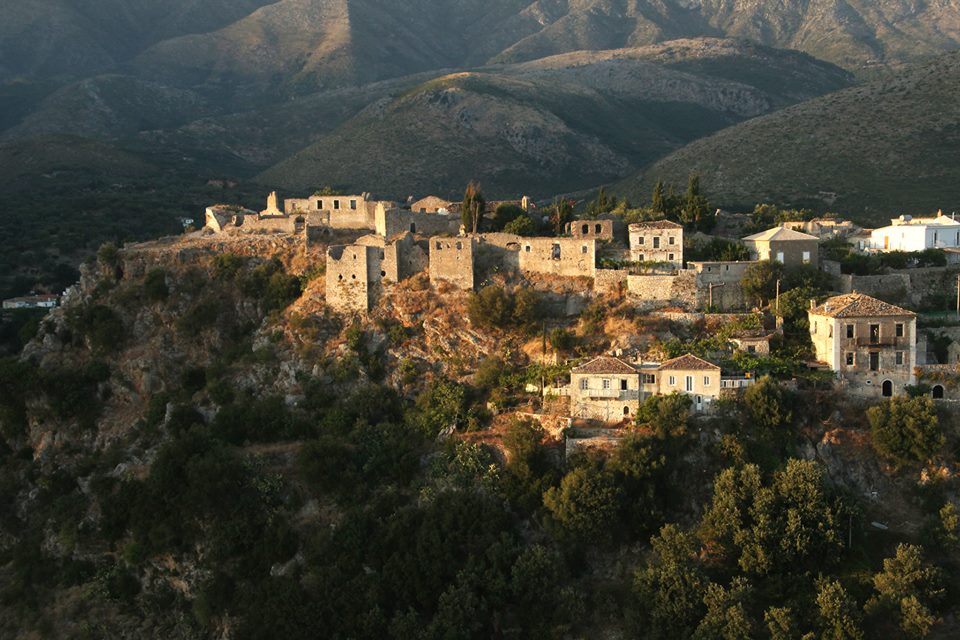

Ilias Castle
Albania
This castle is located on the right side of the Vlore-Himara highway, on the hill in a place called Qafa e Pirgut, near the village of Ilias. Traces o...
History and tradition
Architecture
Villages and old cities
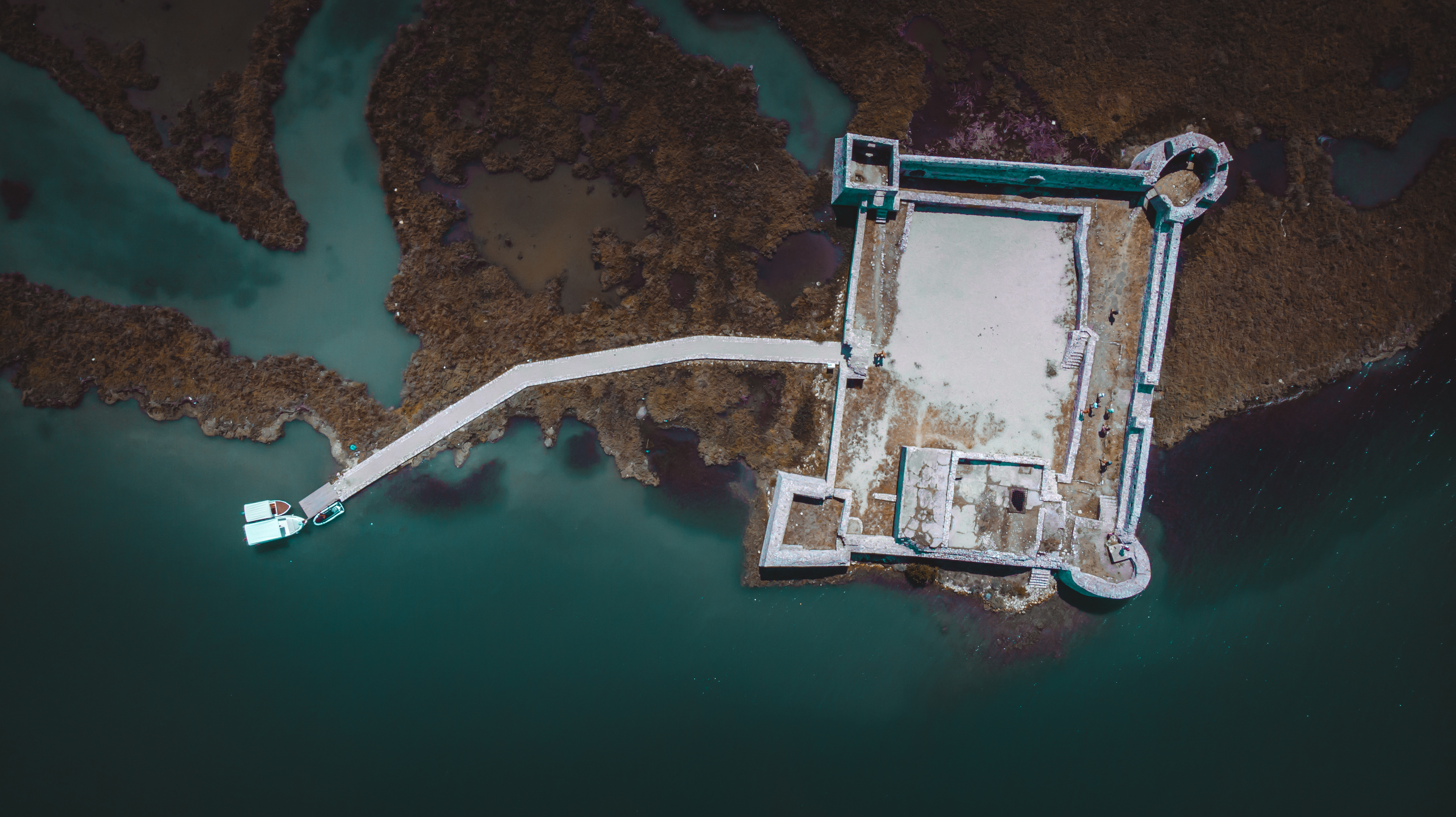

Ali Pasha Towers
Albania
The Ali Pasha Towers were built on the ruins of the settlement of Karos. The settlement of Karos consists of the ruins of a fortified settlement of a ...
History and tradition
Architecture
Villages and old cities
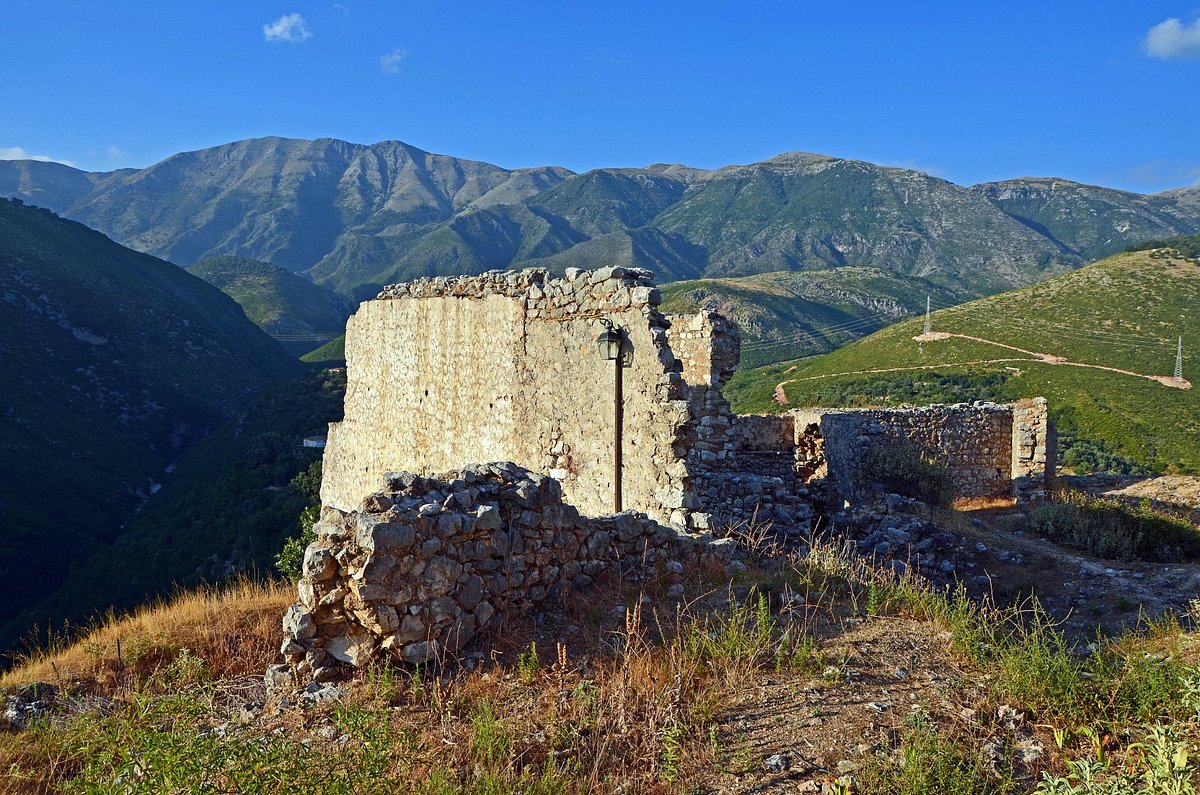

Himara Castle and Old Town
Albania
The Castle of Himara dates to the IV – III century B.C. Below the castle were found two bays that were suitable for ship anchorage. Arable lands...
History and tradition
Architecture
Villages and old cities
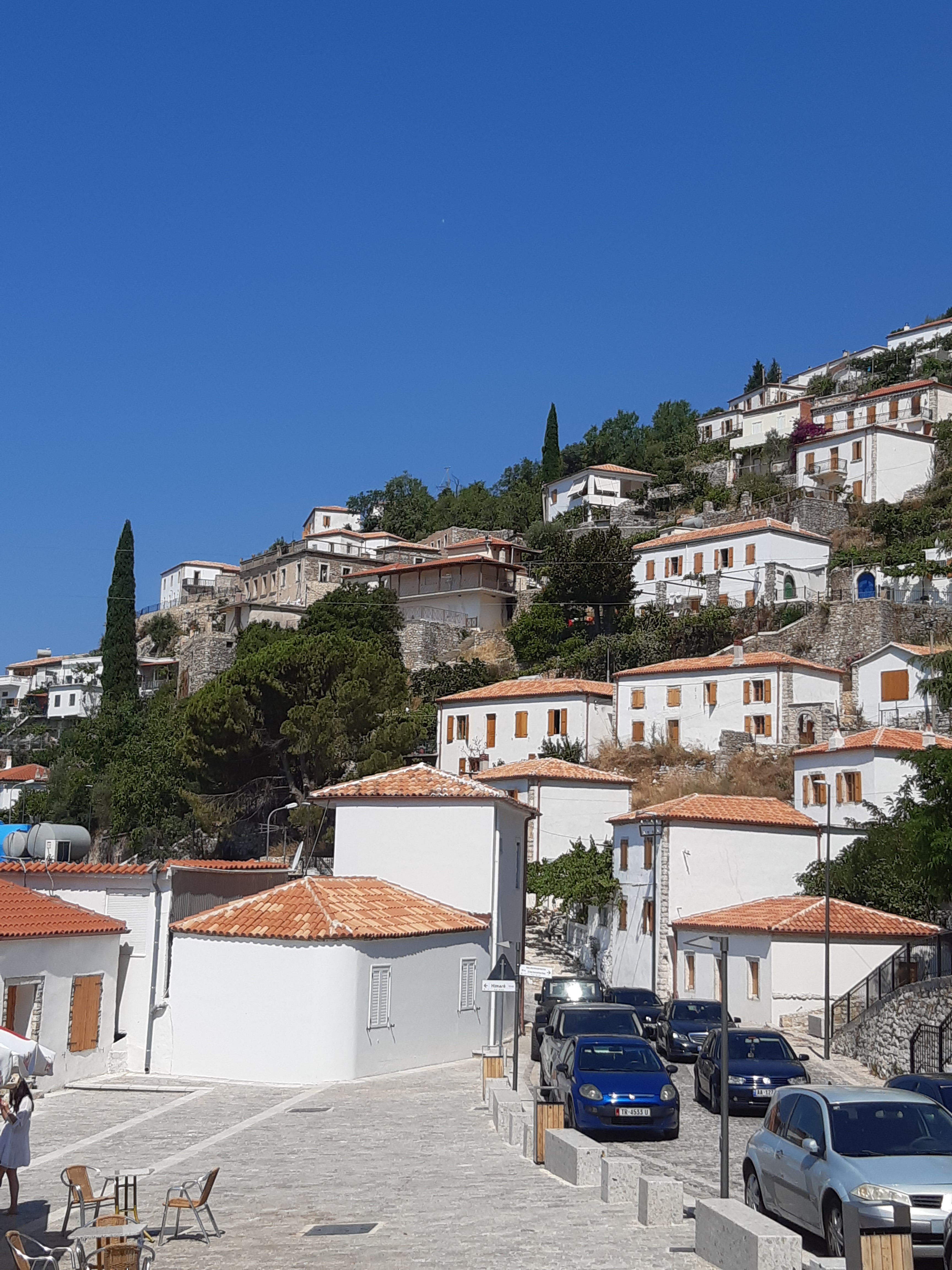

Old Village Vuno
Albania
Vuno is located along the road between the municipal center of Himara and the village of Ilias and lies among mountains, at the foot of the mountain M...
History and tradition
Architecture
Villages and old cities
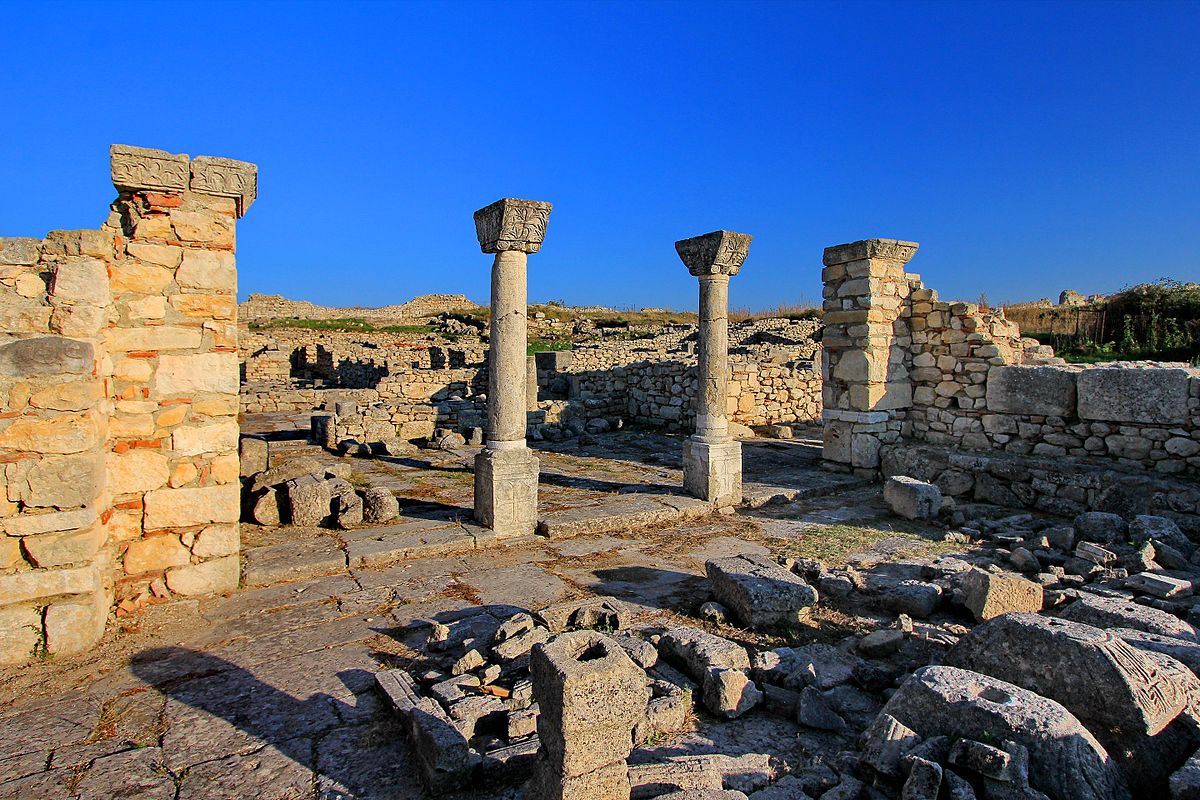

The Byllis Archaeological Park
Albania
Byllis, founded in the 4th century B.C, is the largest ancient Illyrian city in the south of Albania. It is located on top of the hills of Mallakastra...
Protected natural areas
Geological sites
Villages and old cities
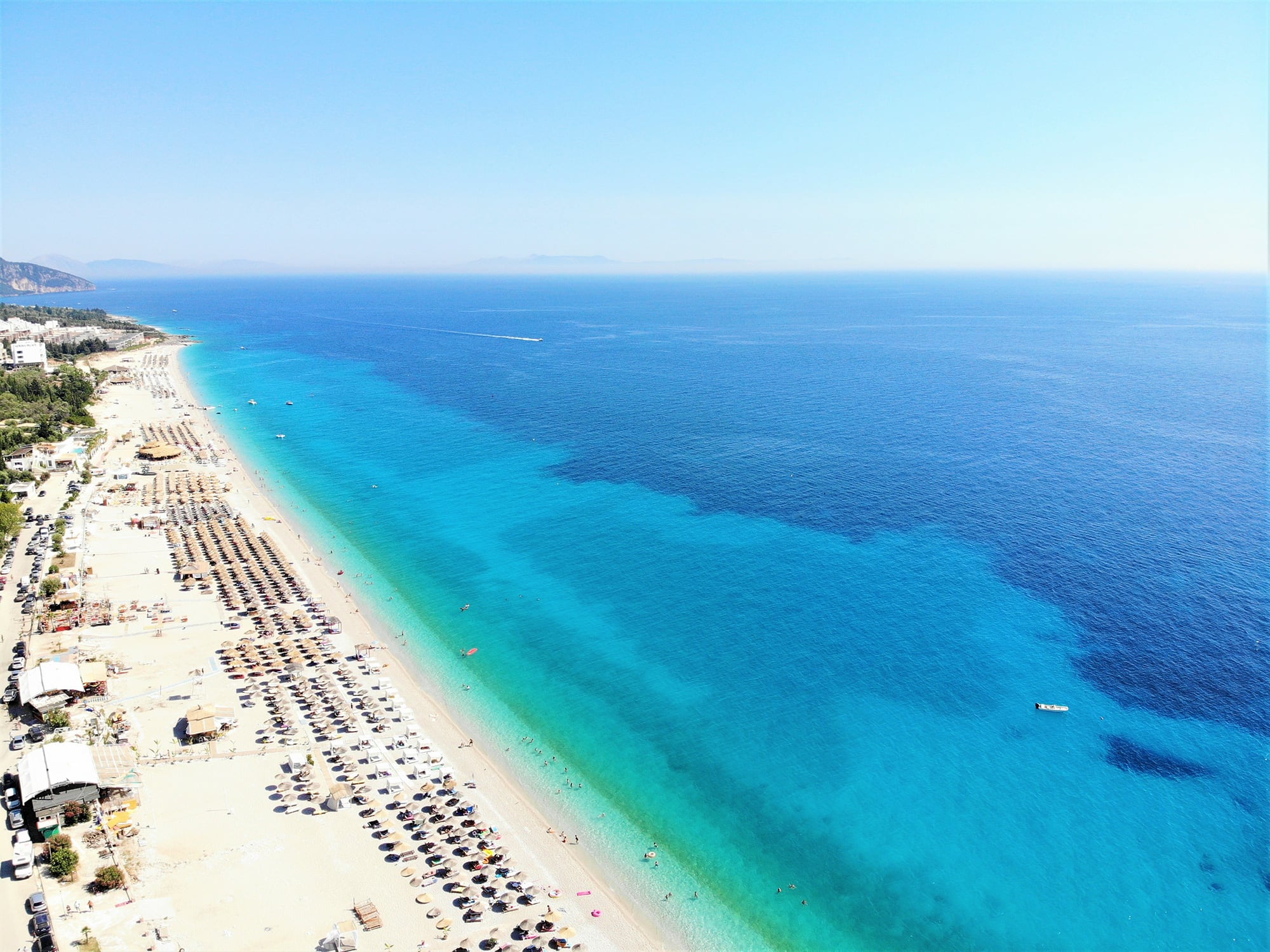

Dhermi Beach
Albania
The beach of Dhermi originates from 1200 m above the sea level and is situated in the north of Gjipea beach, with the big and active steepy slope of S...
Protected natural areas
Coastal natural heritage
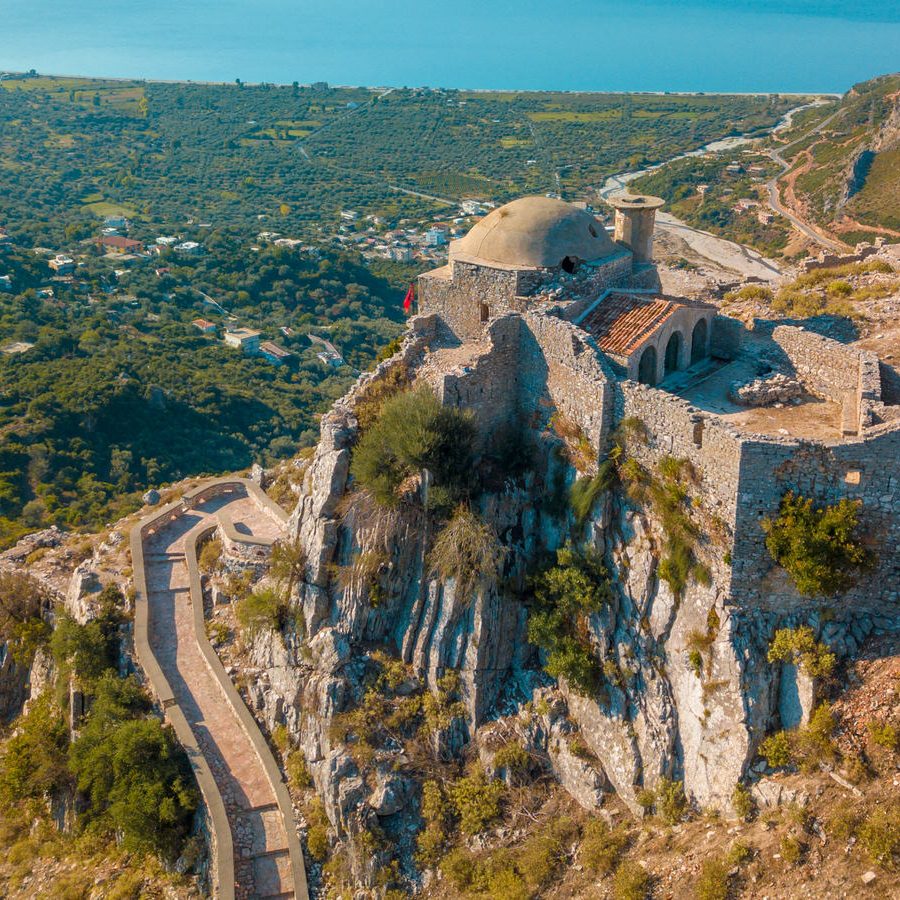

Borshi Castle
Albania
Borsh Castle is a fortification on the hill next to the village of Borsh. The total area occupies 5 hectares of land which is marked with large stone....
History and tradition
Architecture
Villages and old cities
